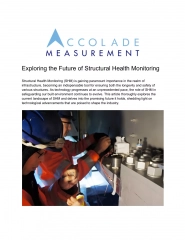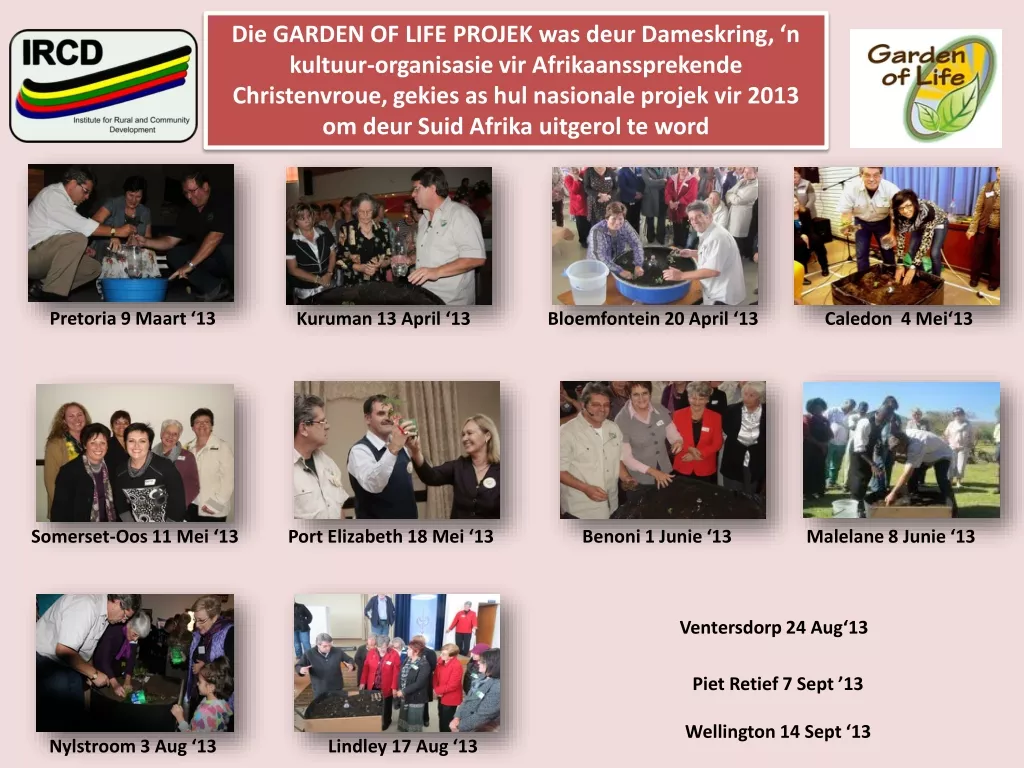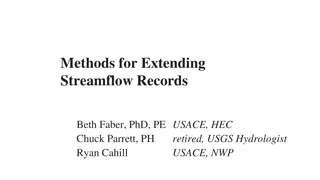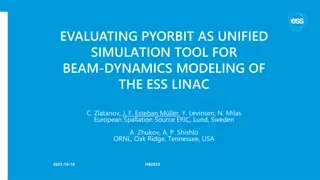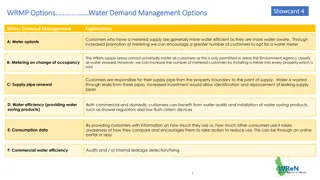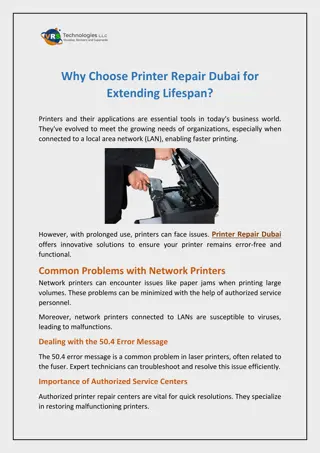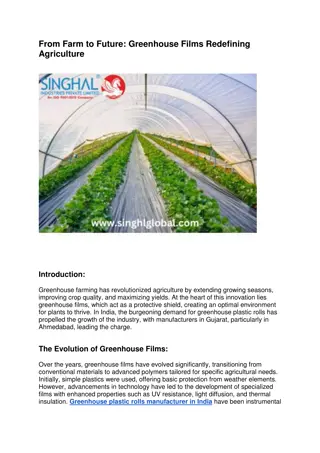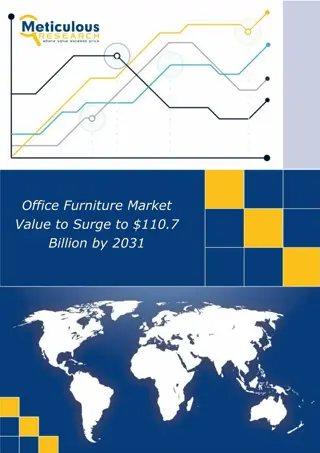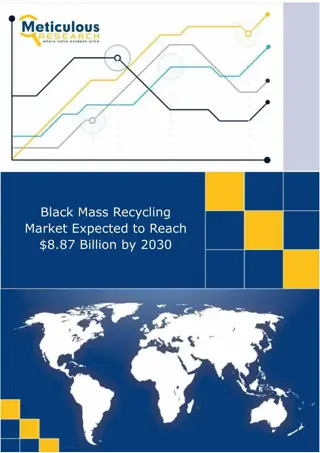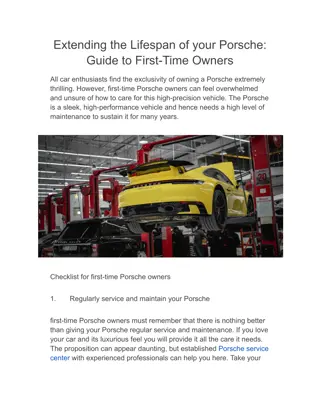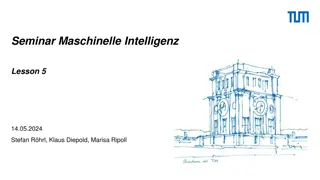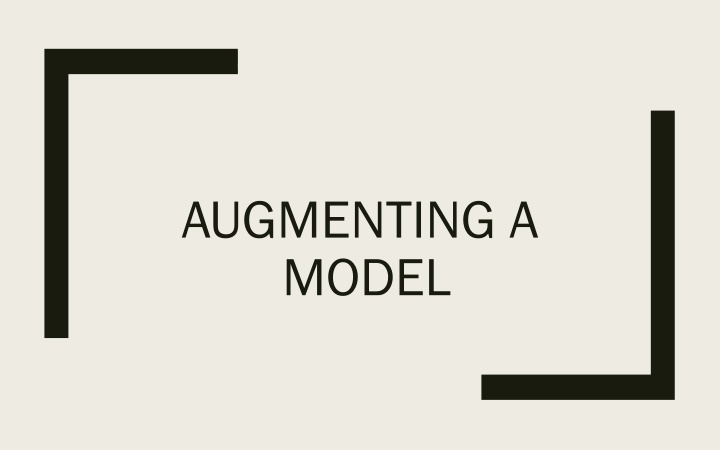
Model Extension Basics: Augmenting for Enhanced Representation
Explore the process of augmenting models to extend their representation capabilities, with examples from various industries such as lumber milling. Learn how additional variables and constraints are added to effectively model complex entities and scenarios in this informative discussion.
Download Presentation

Please find below an Image/Link to download the presentation.
The content on the website is provided AS IS for your information and personal use only. It may not be sold, licensed, or shared on other websites without obtaining consent from the author. If you encounter any issues during the download, it is possible that the publisher has removed the file from their server.
You are allowed to download the files provided on this website for personal or commercial use, subject to the condition that they are used lawfully. All files are the property of their respective owners.
The content on the website is provided AS IS for your information and personal use only. It may not be sold, licensed, or shared on other websites without obtaining consent from the author.
E N D
Presentation Transcript
AUGMENTING A MODEL
Motivation The models we have looked at so far are often extended to represent other possible cases It is not unusual to see a model that covers a single product extended to cover multiple products or one with a single sale possibility changed to one having more than one sale possibility. This basically means we may need to add additional variables and constraints to adequately represent the entity we are trying to model
Motivation (continued) Consider an example from the US lumber milling industry. We might have a representation of a mill that creates a fixed mix of products But now we need to add possibilities for processing of a log into one of several combinations like 2x4 s plus 4x4 s plus sawdust or and alternatively into Plywood and sawdust or and alternatively into More 2x4 s without 4x4 s plus sawdust Also we need to add two sale possibilities for sawdust one to a maker of pressed board and one to someone who uses it to make pellets for combustion We need to allow input (logs) to be purchased from market
Basics of Model Extension When extending the model above we need to include production of multiple goods and represent sale of the goods so we can include sale possibilities. We first add multiple goods by adding up in objective function Suppose we consider this in the case of a resource allocation production model Suppose we have a model that employs a number of processes to produce revenue from several goods (prd) that yields a mix of goods (yldprc,prd) that sell at a predetermined price ( sp??d) . We add up revenue in a term ( ??dsp??d ?l????,???) Then our basic multiproduct model is Max ???(( ??dsp??d ?l????,???) ??????) ?????? S.t. ??? ?s?????,??? ?????? ????????for all res ?????? 0 for all prc
Basics of Model Extension Now lets extend the model so it has sales variables. To do this we add a new variable that tells how much we sell of each product (SALEprd) and supply demand balances by product Our resultant model is Max ??dsp??d SALE??? ??? S.t. SALE??? ??c?l????,??? ?????? 0 ????s????,??? ?????? ????????for all res SALE??? Here we added a supply demand balance where for each product the use of the good or its demand- ( in this case SALEprd) is less than or equal to total supply added across all processes ??c?l????,??? ?????? Here we have joint products when we use a process since each process can produce more than one good as a joint product ( ?l????,???) But we have just one way of selling our good - this we will alter as when we add another dimension to the SALE variable ?????? ?????? for all prd for prc, prd ?????? 0
Basics of Model Extension Now lets extend the model so it has multiple sale possibilities. For each product To do this we add multiple sales possibilities by subscripting our SALE variable with a term for the individual sales possibilities (pos) SALE???,???that tells how much of each good is sold via each sales possibility . We also add this into the supply demand balances by product Our resultant model is Max ??d,???sp??d,??? SALE???,??? ??? ?osSALE???,??? ??c?l????,??? ?????? 0 ?????? ?????? for all prd S.t. ????s?????,??? ?????? ????????for all res ?????? 0 or prc,prd,pos SALE???,??? Here there are no multiple sale spossibilities (pos) for selling a good (SALE???,???) each with different prices and in the supply demand balance where for each product we balance the use summed over multiple possibilities ( ?osSALE???,???) and hold that less than or equal to total supply added across all processes
Basics of Model Extension Now let s add input purchase for the resources by adding endogenous variables that purchase inputs (BUYinp)from the market at per unit cost (icinp) Our resultant model is Max ??d,???sp??d,??? SALE???,??? ??? ?????? ?????? ???????? ?????? for prd S.t. SALE???,??? ?l????,??? ?????? 0 ?os ??c ??????for all res ????s????,??? ?????? ?????? 0 for all inp ??c????,??? ?????? ?????? 0 for prc,prd,pos,inp SALE???,??? , ??????, Here we added variables that allowed purchasing each of the inputs from the market. We also added input supply demand balances. Namely for each input, the use of that input summed over all processes less the amount purchased from the market (??????) should not zero
Extending the Tableau Model We might have a representation of a mill that creates a fixed mix of products Process 1: 2x4 s plus 4x4 s plus sawdust Process 2: Plywood and sawdust Process 3: More 2x4 s without 4x4 s plus sawdust The mill has 100 logs as inventory and 35 units labor The yield and cost are listed in the table Proc 1 Proc 2 Proc 3 Price 3 6 3.5 2x4 s balance 2 1 7.5 4x4 s balance plywood balance 5 6 sawdust balance 0.7 0.6 0.9 2 labor 0.3 0.4 0.045 Logs Cost 1 4 1 5 1 6 20
Extending Tableau Models We first build the multiproduct resource allocation model, in which we have three processing possibilities and two resources. We calculate the net profit from each process and set up the labor and log availability constraints Proc 1 Proc 2 Proc 3 obj 22.9 26.2 24.3 MAX labor 0.3 0.4 <= 35 0.045 log 1 1 <= 100 1 non-negative 1, 1, >= 1, 0
Extending the Tableau Model Now we extend the model to cover 2x4 s, 4x4 s, plywood and sawdust and their sales possibilities. This adds 4 new variables and 4 supply demand balances Sell plywoo d sawdust Proc 1 Proc 2 Proc 3 level obj 3.5 7.5 6 2x4 s balance 1 4x4 s balance 1 plywood balance sawdust balance labor logs non-negative 1, 1, 1, 1, Sell 4x4 Sell 2x4 Sell MAX 2 -4 -3 -2 -5 -6 -6 -1 <= <= 0 0 1 -5 <= 0 1 -0.7 0.3 1 1, -0.6 0.4 1 1, -0.9 0.045 1 1, <= <= <= >= 0 35 100 0
Gluing Tableau Models Now we extend the model to two different Sawdust sales possibilities with different prices Sell sawdust To fabricate level obj 3.5 7.5 6 2 2x4 s balance 1 4x4 s balance 1 plywd balance 1 sawdust balance labor logs non-negative 1, 1, 1, Sell sawdust To burn Sell 4x4 Sell Sell 2x4 plywood Proc 1 Proc 2 Proc 3 MAX 1.8 -4 -3 -2 -5 -6 -6 -1 <= <= <= <= <= <= >= 0 0 0 0 -5 -0.6 0.4 1 1, 1 1 -0.7 0.3 1 1, -0.9 0.045 1 1, 35 100 0 1, 1,
Gluing Tableau Models Now we extend the model to allow purchasing logs from the market @ $20 /log Sell sawdust To fabricate Sell sawdust To burn Sell 4x4 Sell Sell 2x4 Log Input plywood Proc 1 Proc 2 Proc 3 level obj MAX 7.5 6 3.5 1 2 1.8 -4 -3 -2 -5 -6 -6 -1 -20 <= <= 0 0 2x4 s balance 4x4 s balance plywood balance sawdust balance labor logs non-negative 1 1 -5 -0.6 0.4 1 1, <= <= <= <= >= 0 0 35 0 0 1 1 -0.7 0.3 1 1, -0.9 0.045 1 1, -1 1, 1, 1, 1, 1,

